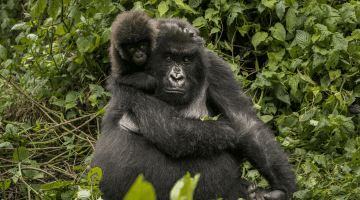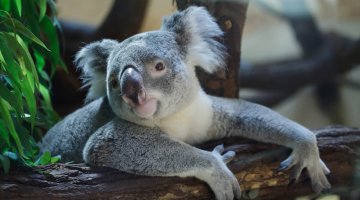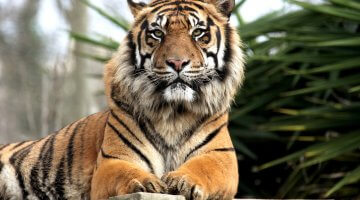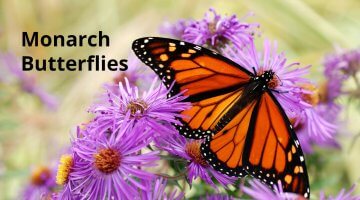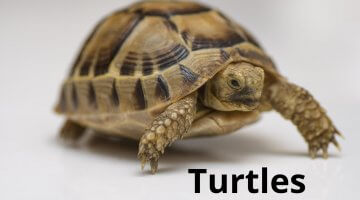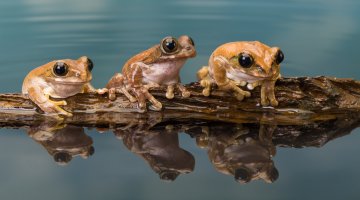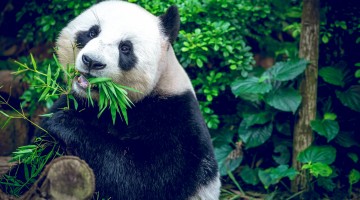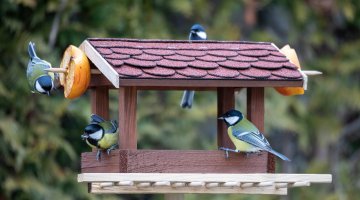Gorillas are the largest of the apes and have no natural enemies except for man. They make their home in the rain forests of Africa, near the equator. I was amazed to learn they were not discovered by man until …[Continue]
Animals Resources
Dinosaurs
Named from two Greek words meaning “terrible lizard,” dinosaurs first appeared about 220 million years ago, and then disappeared rather suddenly 63 million years ago. Dinosaurs capture our imagination in many different ways. Their tremendous size, their fearsome looks, and …[Continue]
Koalas
Although often called koala bears because of their resemblance to cuddly teddy bears, koalas are marsupials, not bears. Koalas are native to Australia and related to kangaroos and wombats. Learn more at these adorable koala sites….[Continue]
Tigers
As Dorothy, the Tin Man and the Scarecrow followed the Yellow Brick Road, they feared the animals they might encounter. “Lions and tigers and bears, oh my!” Today, a more realistic fear is the animals we might never encounter. Sadly, …[Continue]
Monarch Butterflies
In all the world, no butterflies migrate like the monarchs of North America. They travel up to three-thousand miles twice a year: south in the fall, and north in the spring. To avoid the long, cold northern winters, monarchs west …[Continue]
Zoo Animals
June is National Zoo and Aquarium month, and today we are going on a virtual zoo hop. I hope you enjoy the lions, and tigers, and bears, oh my!…[Continue]
Turtles
Turtles are reptiles with hard, bony shells and have been around a really long time. With a history that dates back 215 million years, they are older than both lizards and snakes. Whether your interest lies in wild endangered sea …[Continue]
Frogs
Years ago, while standing in my driveway at night, a frog hopped onto my foot. I probably screamed (wouldn’t you?) but when I saw what it was, I bent down to pick him up. We kept the frog for awhile, …[Continue]
Endangered Species
Since the Endangered Species Act was enacted in 1973, many species have been saved from extinction, including the bald eagle, the humpback whale, and the American bison. Sometimes, however, despite enormous investments of time and money, efforts to save a …[Continue]
Bird Feeding
Because the cold winter months are the hardest for wild birds, February and March have been named National Bird Feeding Months by the National Bird Feeding Society. You can help your local bird population by providing supplemental food, water and …[Continue]
